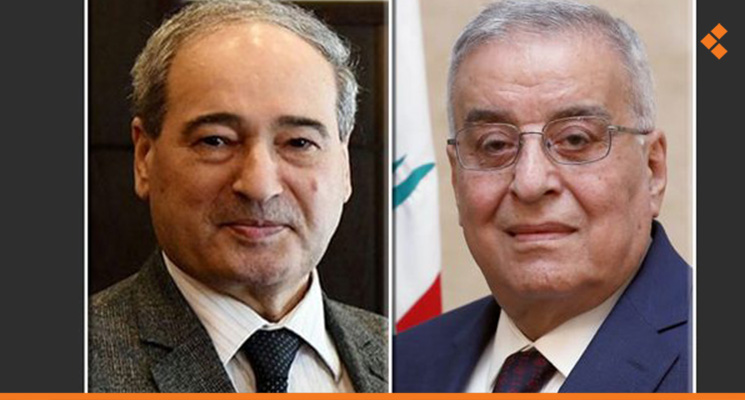As Syrians entered 2023, there was little optimism for positive change, particularly considering the ongoing crisis exacerbated by the Ukrainian war. This conflict effectively froze any momentum toward resolving Syria’s issues, already hindered by significant obstacles. One of the most notable challenges was the divergence in visions and perspectives regarding the rebuilding of Syria. The outcomes of these differing views have had lasting repercussions, unlikely to be resolved soon. Additionally, hopes for improved living conditions were marred by clear indicators of decline, with an uncertain endpoint.
Compounding these issues, the Syrian government began reverting to a market economy approach, prioritizing the liberalization of prices and market-driven balances. This shift marked a departure from the social economy model that had been in place since March 1963. The transition led to societal shifts, impacting segments of the population previously reliant on government support, a situation more pronounced than the unemployment benefits seen in other countries.
The February 6th earthquake further exposed Syria’s vulnerabilities, highlighting both the frailty of its infrastructure and the broader crisis within its regional and international contexts. Although the damage in Syria was less extensive compared to Turkey, where the earthquake’s epicentre lay and reached a magnitude of 7.8 on the Richter scale, Syria’s pre-existing crises exacerbated the impact. The earthquake led to the destruction of 9,000 homes and displaced 392,000 families, as reported by the United Nations Development Programme. These repercussions were hard to mitigate.
The response to the earthquake also revealed the selective approach of the international community in addressing the crisis in Syria compared to Turkey. This selectivity underscores a troubling reality: humanitarian motives in policy-making often take a backseat unless they align with broader geopolitical interests.
The earthquake in early 2023 catalyzed a movement of Arab solidarity towards Damascus, culminating in the “Amman Ministerial Meeting” in early May. This meeting gave rise to the “Arab Initiative,” aimed at resolving the Syrian crisis. The initiative, grounded in international resolutions pertinent to Syria, sought the backing of countries supportive of these resolutions. It also strived to incorporate new perspectives in line with developments post-2015, a year marking the last United Nations resolution on Syrian settlement. Subsequent decisions have primarily focused on relief operations and humanitarian assistance.
The “Arab Initiative” displayed a sense of realism, arguably more pragmatic than other regional approaches, such as the “Astana” process. In 2023, Astana faced a turning point during its twentieth round when Kazakhstan announced it would no longer host these meetings. Although Moscow downplayed the significance of this decision, stating it was not the end of a pathway that had contributed to a degree of stability in Syria, the announcement highlighted inherent shortcomings in the process. Similarly, international avenues like the “Geneva” talks also encountered challenges, evident in the failed attempts to organize a new round of “Constitutional Committee” meetings in Muscat, Oman. This effort was ultimately deemed unfeasible by UN envoy Geir Pedersen, reflecting the ongoing regional and international polarization over Syria. This polarization continues to impede potential solutions and any rapprochement between the Syrian government and the opposition.
Furthermore, the “Al-Aqsa Flood” operation on October 7th last year significantly impacted Syria, a country deeply intertwined with the Palestinian issue. This operation was seen in Damascus as a pivotal moment, disrupting the power dynamics that have dominated the region since Baghdad’s fall in 2003. This shift in the regional landscape, although challenging, is anticipated to usher in new, generally positive paradigms across the region, signalling an end to the status quo and the emergence of new regional alignments.
This article was translated and edited by The Syrian Observer. The Syrian Observer has not verified the content of this story. Responsibility for the information and views set out in this article lies entirely with the author.


